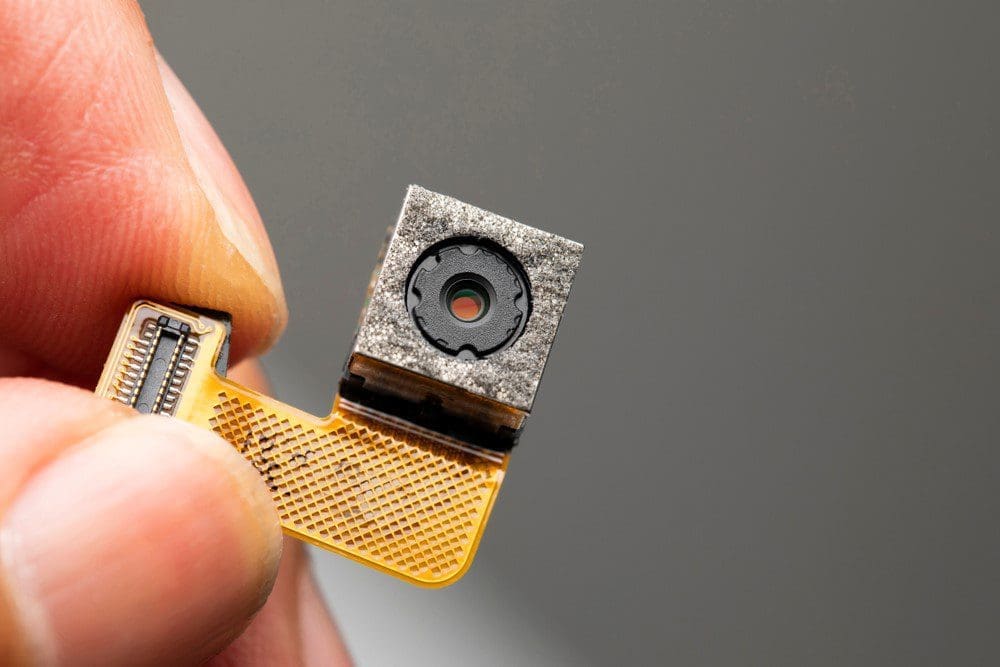
Today we’re on the go more than ever, so it’s no surprise that we need our technology to be portable. But it’s not just about mobility. Scaling down has become a trend in many aspects of modern life. People are choosing to opt for tiny homes, minimalism is in style in every way, and large, inefficient cars are no longer desirable to the masses. However, this trend has reached all new heights when it comes to our tech.
From phones and computers to printers and even VR systems, it seems that all of our devices are shrinking at a rapid pace so that we can bring them with us or store them wherever we need.
This focus on compact devices doesn’t seem to be slowing down, but it must have a limit, right? Well, let’s dive into the current state of smart tech and the potential for it to become even smaller.
What is the best small tech today?
Gone are the days where you struggled to carry in your 40-pound iMac G3, set it up on your desk, and kept it there for the rest of its useful life. Now we have our smartphones, tablets, and much smaller laptops to take with us on-the-go, and micro PCs to use at home.
We also can’t forget about the mass availability of high-quality drones, portable smartphone printers, smartwatches, power banks, and so much more. The list of useful and enjoyable technology that’s popular today is virtually endless. You can even get robotic vacuums that are no larger than a basketball and can be easily stored basically anywhere in your home.
How is smaller technology possible?
Now that you have some examples of popular small smart tech in mind, let’s discuss how small tech is even possible. The critical component in creating smaller and smaller devices is nanotechnology. In the simplest terms, nanotechnology is the design, production, and application behind being able to contain all of the same technology, in a smaller shell. This requires the shrinking of different components including cameras, Central Processing Units (CPUs), batteries, Graphic Processing Units (GPUs), and much more.

Developments in space satellites have also played a critical role in the evolution of smaller smart tech. Not only are these satellites significantly more powerful than those that were in use even just several years ago, but they are much smaller. While there are a lot of complexities involved, it’s important to understand that further developments in how we utilize satellites will be important to the future of small tech.
Are you sacrificing functionality or quality when it comes to smaller devices?
Since you’re jamming all of these different components into smaller and smaller spaces, it seems logical that you would have to make some sacrifices. However, in many cases, we’re finding that quality and functionality are preserved, if not enhanced, in many of our smart devices, despite their shrinking dimensions.
While we have seen some of the risks of smaller devices, like overheating due to less efficient cooling systems and higher heat generation, it appears that manufacturers and innovators are all racing to keep up with the demands for smaller devices by constantly testing alternatives to traditional practices. From design to materials, there are many advancements that can help overcome foreseeable challenges.
However, at the end of the day, there has to be a limit to how small our devices can become before functionality must be sacrificed. But, that doesn’t seem to be an issue for the near future.
Where will small tech go next?
Smaller devices provide plenty of benefits from convenience to aesthetics. So, it would be no surprise that all of the tech that we enjoy now is likely to be even smaller in its next iteration—from our smartwatches and mobile phones to all the accessories we rely on every day. However, there are likely plans for small smart tech that the average consumer can’t even imagine.
One thing is for sure, as long as consumers demand smaller, faster, and smarter devices, it is likely that tech companies will be heavily investing in bringing our desires to reality. It will be interesting to see the comparison of the devices we consider small now, with what we have in just a few years.

Be the first to comment